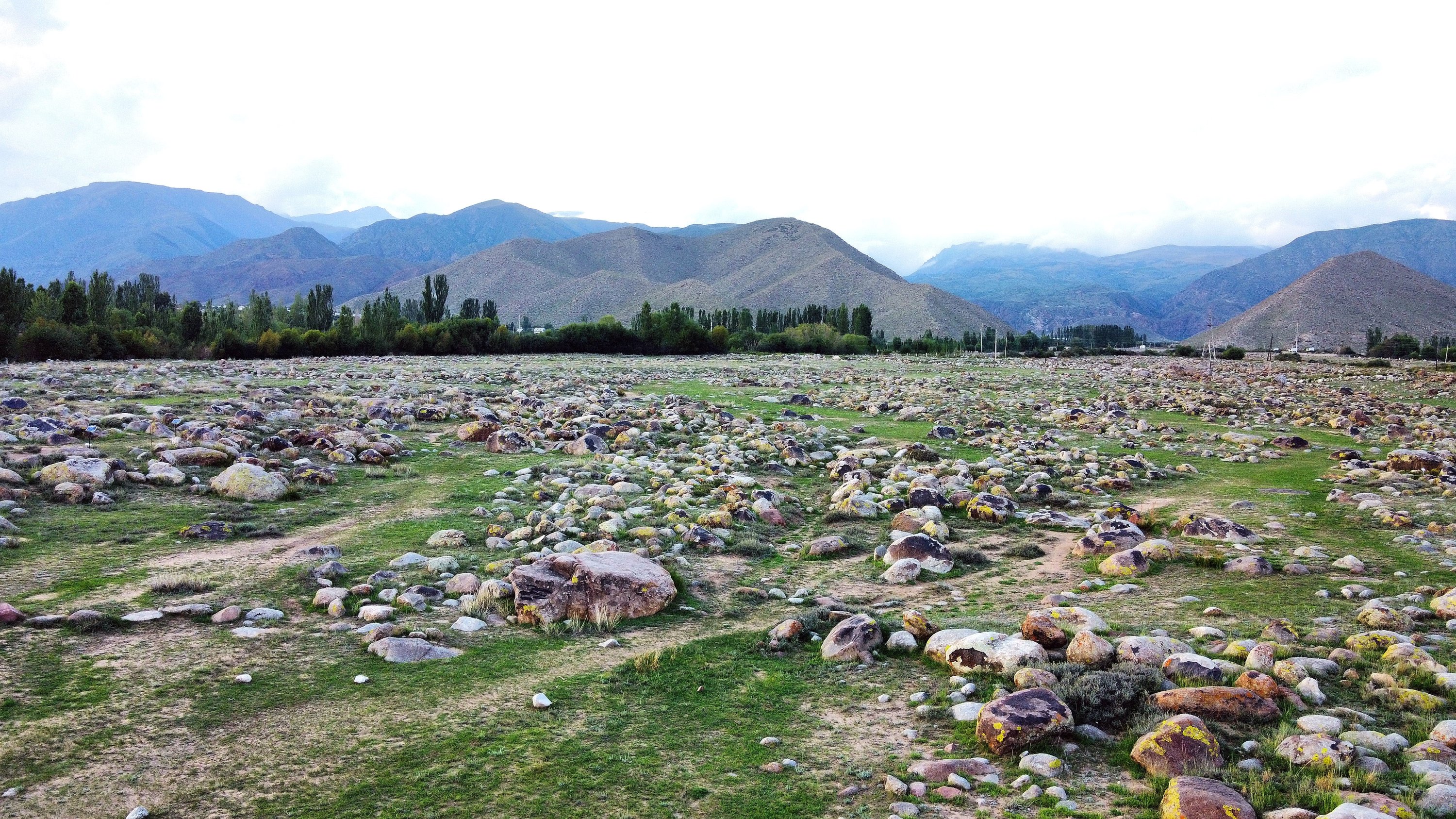© Turkuvaz Haberleşme ve Yayıncılık 2026
An open-air museum in the city of Cholpon-Ata in Kyrgyzstan houses hundreds of petroglyphs which are considered to be the oldest works of art on earth.
These paintings were drawn on rock surfaces by incising, picking, carving, or abrading.
The artifacts in the Cholpon-Ata Petroglyph Open Air Museum, whose sizes range from 30 to 30,000 centimeters, feature diverse depictions, including scenes of fighting animals, hunter images, symbolic lines, circles and rectangular shapes. The depictions in question reflect the living conditions of the people of the period, shed light on many unknowns about their life and belief, and reflect people's interest in creativity.
These works, which constitute an important source of world heritage, provide an opportunity to learn more about the ancient culture and life, as well as the history of the region.
Rocks and stones similar to the rock paintings in the Cholpon-Ata Petroglyph Open Air Museum are found in eight different locations in the country's Talas, Issyk Kul and Jalal-Abad regions in the country.

Speaking to Anadolu Agency (AA), Janat Soodokeyev, an expert in the field and director of Issyk Kul State History and Culture Museum, said visitors from Turkey showed great interest in the rock paintings.
"The Cholpon-Ata museum is of great importance for the Kyrgyz people. The past of our ancestors and ancient Turkish history lies here," he said.
